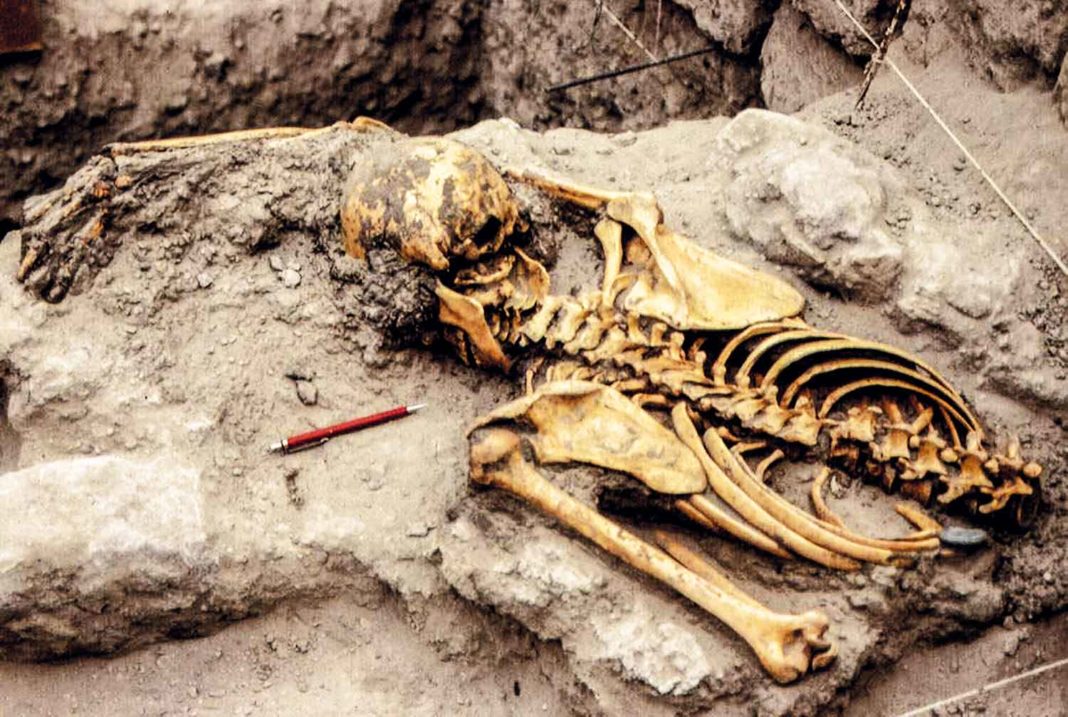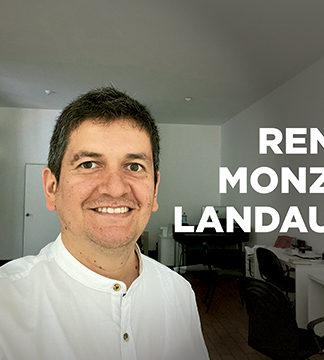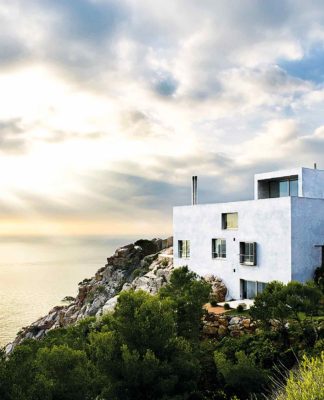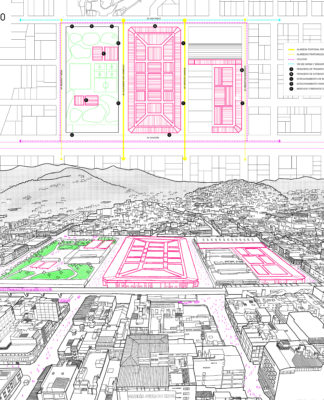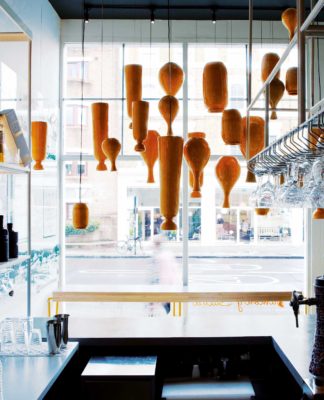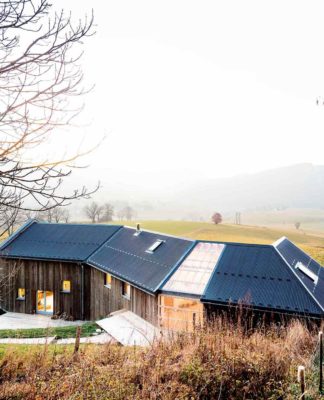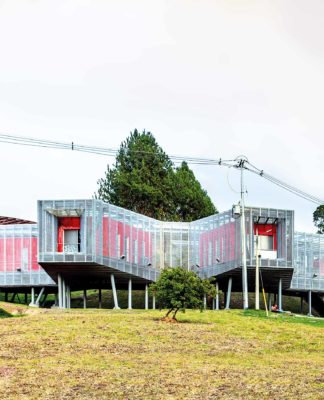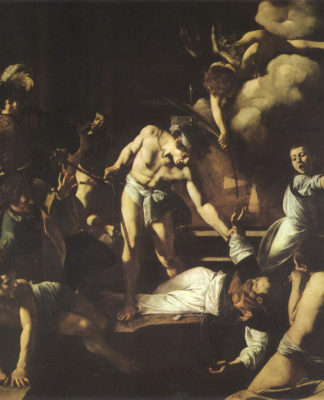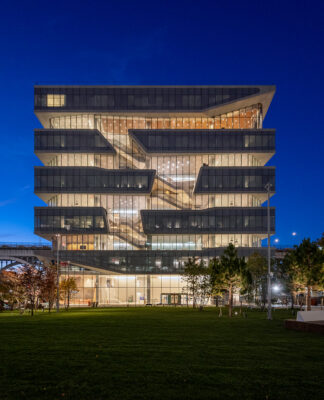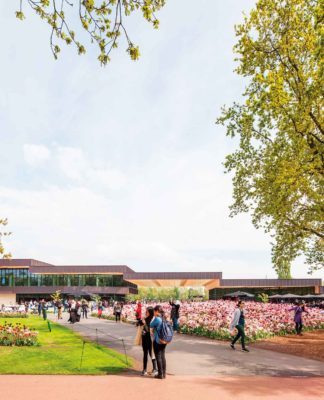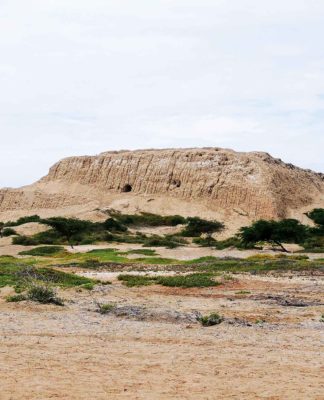SACRIFICIOS HUMANOS EN LOS TEMPLOS MOCHE: UNA MIRADA A LOS HALLAZGOS ARQUEOLÓGICOS
Por Régulo G. Franco Jordán
(Parte II)
Cuando se consumaba el sacrificio humano, los cuerpos de algunos de estos valerosos guerreros-prisioneros eran después enterrados en diferentes espacios ceremoniales del templo mayor, en algunos casos bajo el piso del patio ceremonial superior, donde, efectivamente, tuvimos la oportunidad de descubrir muchos entierros de individuos sacrificados en fosas, incorporados simbólicamente debajo del piso del patio superior (uku pacha en la ideología inca); entendemos que era una forma de vigorizar el poder del templo, la protección del grupo gobernante y mantener la vinculación sagrada entre los vivos y los muertos (Franco y Gálvez 2010; Franco 2012). Algunos individuos no tienen la cabeza, a otros les falta alguna parte de sus extremidades inferiores, etc. (Figuras 17-18).
HUMAN SACRIFICES IN MOCHE TEMPLES: A LOOK AT ARCHAEOLOGICAL FINDINGS
By Régulo G. Franco Jordán
(Second part)
When the human sacrifice was consummated, the bodies of some of these brave warrior-prisoners were then buried in different ceremonial spaces of the main temple, in some cases under the floor of the upper ceremonial courtyard, where, indeed, we had the opportunity to discover many burials of individuals sacrificed in graves, symbolically incorporated under the floor of the upper courtyard (uku pacha in the Inca ideology); We understand that it was a way to invigorate the power of the temple, the protection of the ruling group and maintain the sacred bond between the living and the dead (Franco and Gálvez 2010; Franco 2012). Some individuals did not have their heads; others lacked some part of their lower limbs, etc. (Images 17-18).

